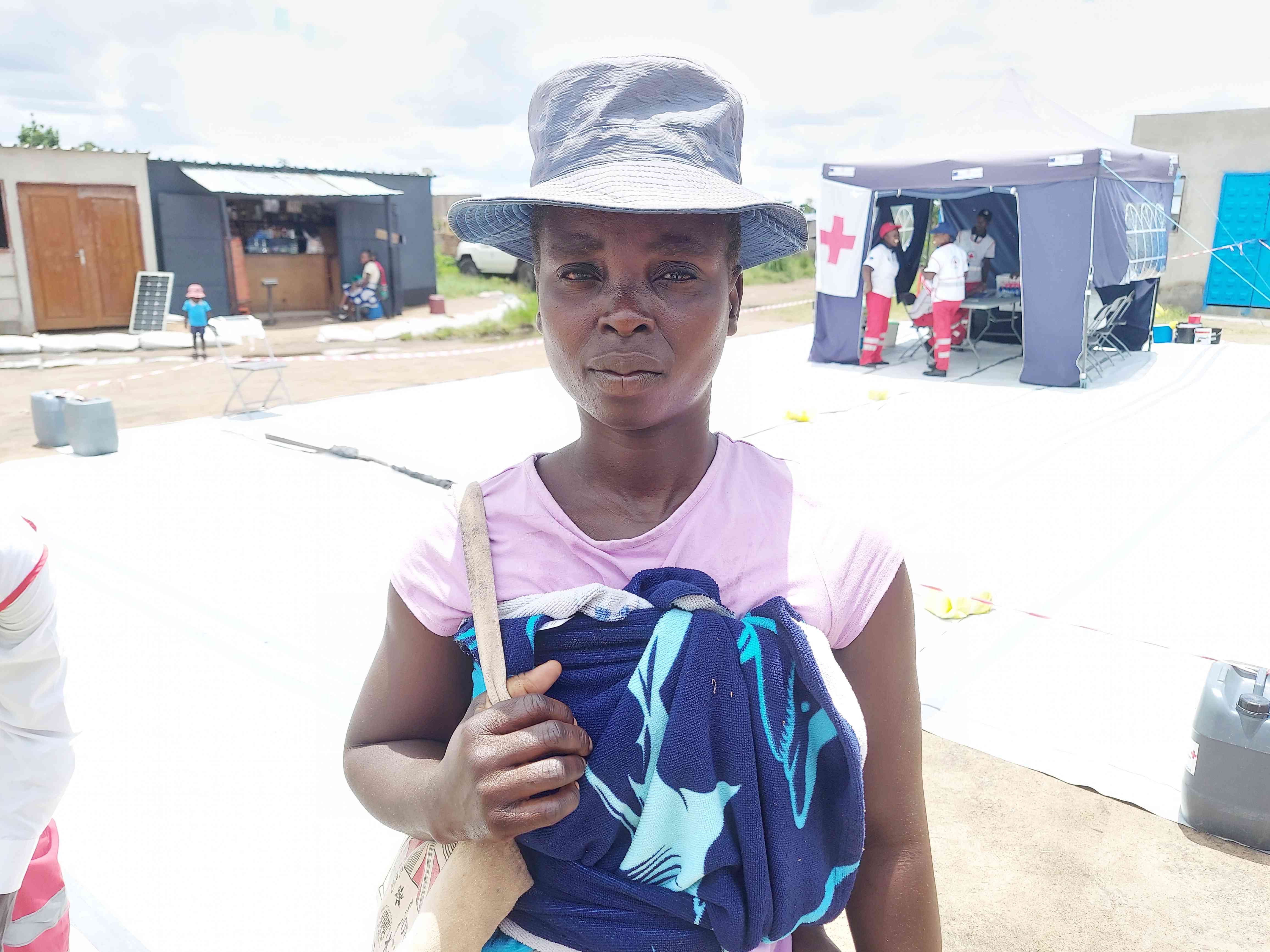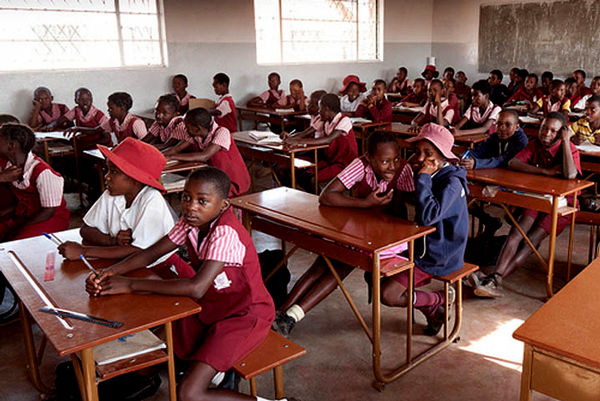
Oblivious of the dangers, scores of pupils on their way home from school — some with bare feet — innocently play along a meandering stream of dirty water in Harare’s Hopley suburb.
To them, it’s business as usual, but they are part of a myriad of children in Harare’s new settlements exposed to waterborne diseases, including cholera.
Recurring cholera outbreaks in Hopley and other informal settlements in Harare show how poverty coupled with poor urban planning breeds disasters.
As of last Thursday an estimated 22 105 people had been infected with cholera since its outbreak last year of whom at least 421 have died across the country, according to Health ministry data.
Harare South recorded 850 cases of cholera while 14 people succumbed to the diarrhoeal disease during the same period.
Epidemic cholera remains a problem in informal settlements as they lack adequate water and sanitation infrastructure.
“Our biggest challenge here is lack of access to potable water,” said Dadirai Kativhu from Nhando area in Hopley.
“We fetch water from a borehole and it is mainly for drinking and cooking.
- Byo armed robber in court
- Beads fashionista takes pride in African culture
- Woman jailed 12 years for indecent assault
- Magistrate jailed 3 years for abuse of office
Keep Reading
“For household chores, we fetch water from a nearby shallow well.”
Kativhu said recurring cholera outbreaks were caused by lack of proper water infrastructure in the area.
This publication established that people in Hopley and other new settlements in Harare South rely on water from wells, many of which are contaminated.
In areas where there are communal water points like boreholes, women and children frequently the ones in the family responsible for fetching water, often have to wait for lengthy hours to collect water.
“In such situations, one is compelled to collect water from shallow and unprotected wells,” said Kativhu.
“Cholera usually occurs here when it rains because there will be a lot of contamination happening underground.”
Shallow wells are susceptible to sewage and other groundwater contamination.
In the wake of an increase in the number of cholera cases in Harare's southern and western districts, the Zimbabwe Red Cross Society (ZRCS) with financial support from the European Union and the Finnish Red Cross is implementing a cholera preparedness project in 10 hotspot wards.
The project includes the setting up of oral rehydration points in Nhando (Hopley), Churu farm and Budiriro 5 Extension.
Oral rehydration points serve as the primary points of care and the first lines of defence for community-level cholera case management through administration of oral rehydration therapy.
On Friday scores of people visited the oral rehydration point at Nhando.
“We are attending close to 40 people a day and we have had a lot of cases that we have referred to the clinic,” said Arnold Chitsotso, one of ZRCS volunteers manning an oral rehydration point at Nhando.
“Here we attend mild cases and we refer serious cases, including pregnant mothers, the elderly and children less than five years to the clinic.
“People are coming and we are seeing a decline in the number of cases since the setting up of this facility.”
Twenty-six-year-old Emily Mapeto said she brought her child to the oral rehydration point after noticing profuse watery diarrhoea.
“I just noticed a watery stool and rushed here for assistance,” Mapeto said.
“I suspect he drank contaminated water.
“We have dirty water flowing everywhere especially during this rainy season.”
ZRCS secretary-general Elias Hwenga said oral rehydration points were critical in the management of cholera.
“Research has shown that 80% of suspected cholera cases (mild to moderate) can be easily managed at community oral rehydration point and may not need to visit a local health facility,” he said.
“This has the effect of not only decongesting health facilities and reducing transport burden on patients, but can save lives by providing quick treatment.
“A number of people from poor communities succumb to cholera death due to delayed treatment as they travel long distances to health centres.”
Hwenga said his organisation was looking forward to deploying more oral rehydration points in Harare and other parts of the country.
As of last Thursday, 1 426 patients had been served at the three oral rehydration points in Harare while 309 were referred to nearest health facilities for further attention, Hwenga said.
Finnish Red Cross country representative Micaela Sodergard said the cholera preparedness project was targeting urban areas.
“This project is targeting urban areas and we have set up three rehydration points in Harare,” she said.
“Overall we have nine oral rehydration points in selected urban areas under this programme, but ZRCS is having many of these under other programmes.”
She said the project was meant to prevent the spread of cholera among at-risk communities in urban areas by breaking transmission through risk communication and community engagement.
Door-to-door awareness programmes are also part of the project, which is also being implemented in Manicaland and Masvingo provinces.
City of Harare’s acting head of environmental health services John Manyara attributed recurring cholera outbreaks in Hopley to poor environmental sanitation and hygiene practices.
“There are no proper water reticulation and sewer systems in place, hence these recurring cases of diarrhoeal diseases in this part of town,” he said.
Manyara said intervention programmes being implemented by the Red Cross and other partners have seen a decrease in community mortality from cholera.
ZRCS in partnership with the Health ministry with support from the International Federation of Red Cross is also implementing a Cholera Disaster Response Emergency Fund programme in Beitbridge and Gwanda districts in Matabeleland South province as well as in Mutare Rural, Mutare Urban and Chimanimani districts in Manicaland province.
The main scope of the project is to prevent and control the spread of cholera at the community and facility levels in the affected districts.











